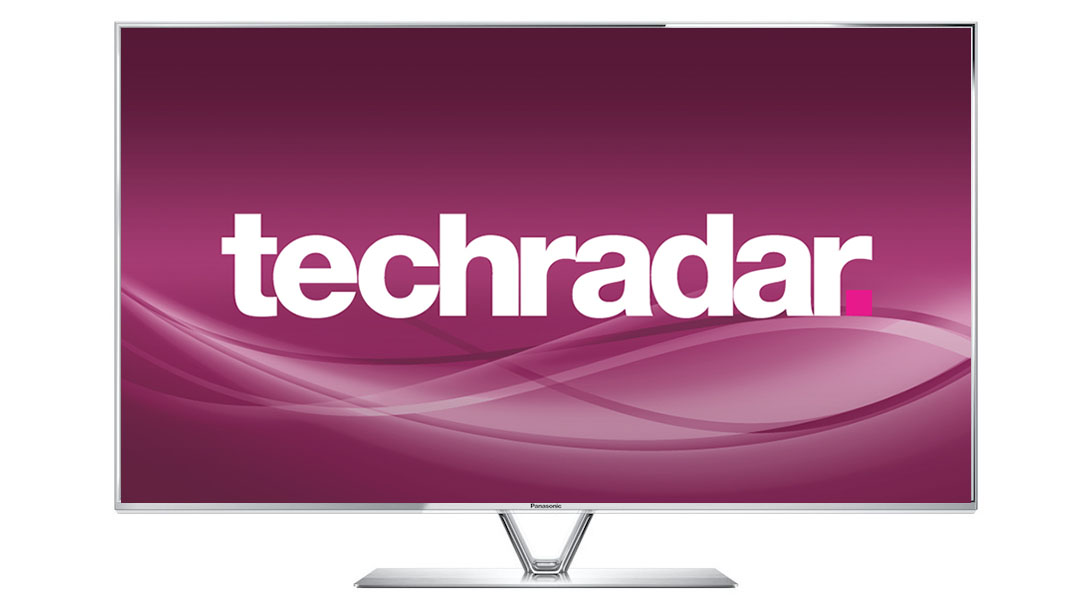Why you can trust TechRadar
Usability
When compared to the Panasonic TX-L47ET60B, the Panasonic TX-L42DT65B is much easier and quicker to use.
My Home Screen is a breeze to use (after some initial setting up) though we're not sure why there are two tabs on show, one for Freesat channels and one for Freeview. Nobody will use both, but it's incredibly easy to switch from one to the other - and thus be faced with an empty channel roster. Now that really could annoy some users who aren't expecting it.
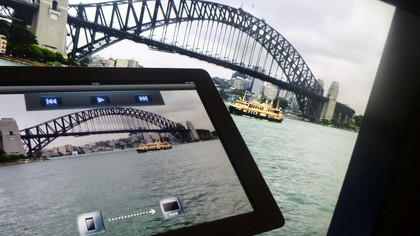
Kudos goes to the new Swipe & Share 2.0 feature inside the latest Viera app for smartphones and tablets. Using an iPad 4, we managed to drag both videos and photos from the iPad to the TV, and fetch from the TV too. As well as cloning the live TV channel playing on the TV (called Live View), we streamed to an iPad some TV programmes recorded to a USB stick (and anything else in the MPEG-4 format).
From a Remote Play section of a separate Second Screen area of the app we managed to stream from a USB flash drive connected to the TV to the iPad.
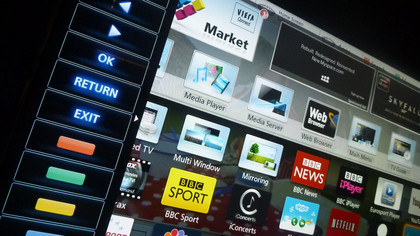
File support is much wider here, and identical to what the TV's Media Player software can handle. From a file list we played AVC HD, MPEG-4, AVI, MKV HD and WMV video files as well as WAV, MP3, M4A, FLAC and WMA music files.
It's even possible to access a list of TV channels and stream a separate channel from the one playing on the TV. The twin tuner idea isn't perfect (could we not just have four Freeview or four Freesat instead of two of each?), but to Panasonic's credit they have been used exhaustively.
Voice control
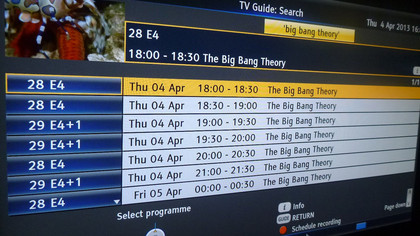
We were actually fairly impressed by voice interaction on the Panasonic TX-L42DT65B; speaking 'Search Big Bang Theory in Guide' into the sleek touchpad remote produced a list of scheduled broadcasts on E4 over the next seven days.
Sign up for breaking news, reviews, opinion, top tech deals, and more.
We were then able to say 'schedule recording', though we had to use the remote to select which broadcast. However, 'channel up' was then heard as 'switch off'.
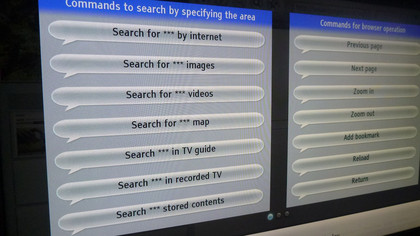
Besides, the need to press the microphone button on the remote each time you want to speak - and the wait for a couple of seconds - renders voice interaction more trouble than it's worth. It's like using a walkie-talkie.
Sound
Though there is a tiny woofer onboard the Panasonic TX-L42DT65B, you wouldn't know it. While delivering surprisingly detailed audio, it's all in the higher frequencies and there's little to take note of lower down.
Though it's a better performance than we'd expected from such a slim TV, it's still necessary to hook up to a more serious system if you intend to watch a lot of films.
Value
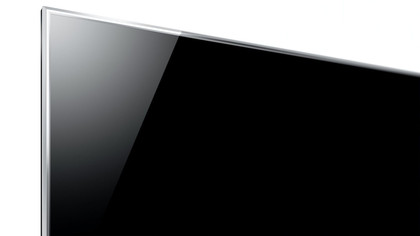
The all-round look, feel and operation of the Panasonic TX-L42DT65B is truly high-end - as it should be. The design is stunning, the picture quality highly adaptable and with impressive highs, while the user interface is certainly smarter than most.
My Home Screen, while possibly over-complicating things for some, adds some genuinely exciting touches of brilliance - such as the opportunity to actively see what's on another TV channel without switching to it.
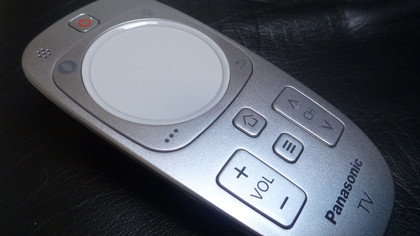
Four pairs of 3D glasses is decent value, but, then, they cost less than a pound each. Compared to the Panasonic TX-L42ET65, this TV adds LED local dimming, ISF calibration controls, Bluetooth and those dual tuner arrays.
However, for such an expensive TV - this is only a 42-inch television, remember - we're not sure its price can stay north of £1,100 (around AU$1,606 / US$1,691) for too long.
Seeing as the European version of this TV actually has six tuners, we're wondering when we'll see a UK-centric TV that presents four Freeview HD tuners - now that really would be impressive.

Jamie is a freelance tech, travel and space journalist based in the UK. He’s been writing regularly for Techradar since it was launched in 2008 and also writes regularly for Forbes, The Telegraph, the South China Morning Post, Sky & Telescope and the Sky At Night magazine as well as other Future titles T3, Digital Camera World, All About Space and Space.com. He also edits two of his own websites, TravGear.com and WhenIsTheNextEclipse.com that reflect his obsession with travel gear and solar eclipse travel. He is the author of A Stargazing Program For Beginners (Springer, 2015),
